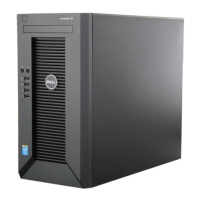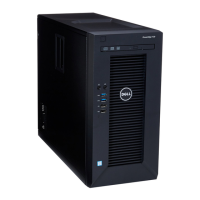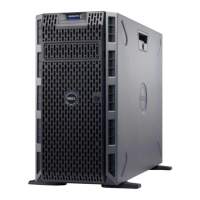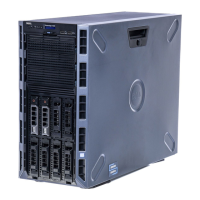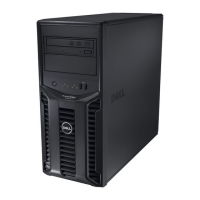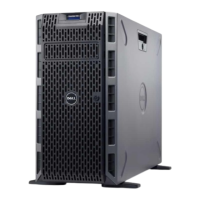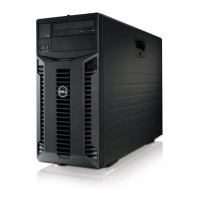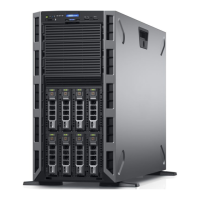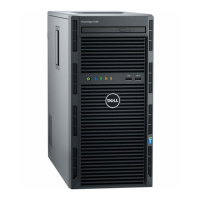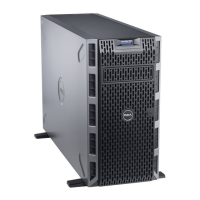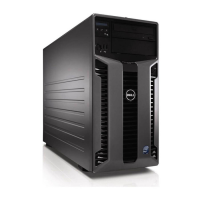Running the System Diagnostics 181
Running the System Diagnostics
If you experience a problem with your system, run the diagnostics before
calling for technical assistance. The purpose of the diagnostics is to test your
system's hardware without requiring additional equipment or risking data
loss. If you are unable to fix the problem yourself, service and support
personnel can use diagnostics test results to help you solve the problem.
Using Online Diagnostics
To assess a system problem, first use the online diagnostics. Dell PowerEdge
Diagnostics is a suite of diagnostic programs, or test modules, that include
diagnostic tests on chassis and storage components such as hard drives,
physical memory, communications and printer ports, NICs, CMOS, and
more. If you are unable to identify the problem using the online Diagnostics,
then use the embedded system diagnostics.
The files required to run online diagnostics for systems running supported
Microsoft
®
Windows
®
and Linux operating systems are available at
support.dell.com and on the DVD that came with your system. For
information about using diagnostics, see the Dell Online PowerEdge
Diagnostics User's Guide.
book.book Page 181 Monday, June 15, 2009 11:33 AM
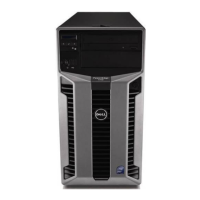
